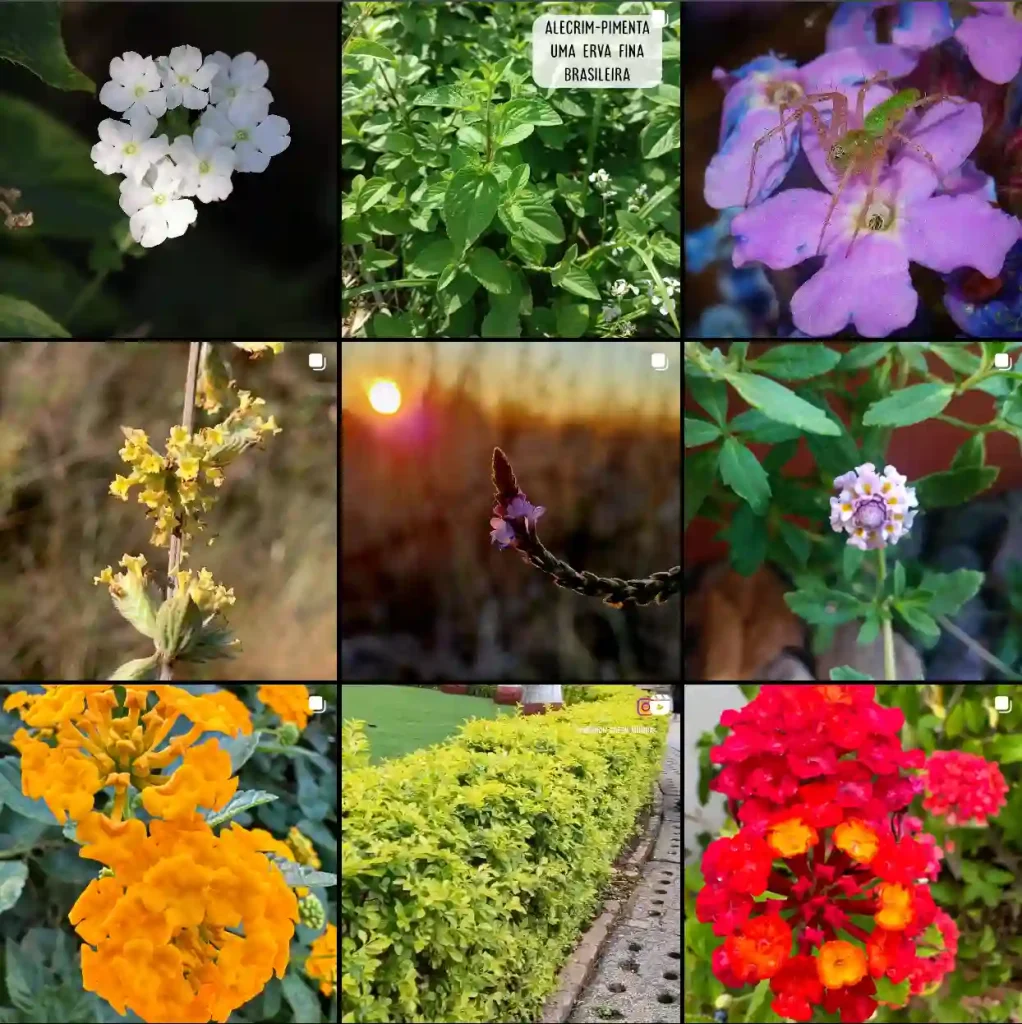
The Allure of Spiraea Alba: A Gardener’s Delight
For years, I’ve been captivated by the beauty of flowering shrubs. Their vibrant colors and delicate blooms add a touch of magic to any garden. Recently, I stumbled upon Spiraea alba, also known as meadowsweet, and it quickly became a new favorite. Its graceful form and elegant white flowers hold a certain charm that’s hard to resist. In this article, I’ll delve into the world of Spiraea alba, sharing its characteristics, care requirements, and the perfect spot for it in your garden.
116 Species in Genus Spiraea
How Large Does Spiraea Alba Grow?
Spiraea alba is a delightful shrub that won’t overwhelm your garden. It typically reaches a mature height of 3-4 feet, making it ideal for borders, beds, or even container planting. This manageable size allows for creative placement without sacrificing valuable space.
Is Spiraea Alba Native to North America?
This lovely shrub boasts a rich history. Surprisingly, Spiraea alba is native to the wet soils of the Allegheny Mountains and other parts of eastern North America. It thrives in these moist environments, adding a touch of elegance to natural landscapes. However, its status in Missouri is a cause for concern, as it’s currently listed as endangered in that state.
When Does Spiraea Alba Bloom?
One of the most captivating aspects of Spiraea alba is its blooming period. This charming shrub typically graces your garden with its beauty in early summer, and the show can continue well into early fall. During this time, the plant explodes with dense, pyramidal clusters of tiny white flowers. These delicate blooms create a stunning visual, adding a touch of whimsy to your outdoor space.
How to plant and care for Spiraea Alba?
Adding Spiraea alba to your garden is a breeze. It thrives in full sun locations but can also tolerate some light shade. When it comes to soil, Spiraea alba prefers average, acidic, medium to wet conditions. If your soil leans towards the dry side, consider amending it with organic matter to improve moisture retention.
Here are some key things to remember for happy Spiraea alba:
- Watering: During the first growing season, consistent watering is crucial for establishing a strong root system. After that, established plants are fairly drought tolerant, but providing supplemental water during periods of extended dryness will encourage blooming.
- Mulching: Apply a layer of mulch around the base of the plant to help retain moisture, suppress weeds, and regulate soil temperature.
- Pruning: While not strictly necessary, light pruning after flowering can help maintain the desired shape and encourage bushier growth.
Perfect Companions for Spiraea Alba
Spiraea alba plays well with others! Here are a few ideas for creating a stunning garden composition:
- For a burst of color: Combine Spiraea alba with flowering perennials like daylilies, Russian sage, or catmint. These vibrant companions will create a delightful contrast against the white blooms.
- For a textural contrast: Plant Spiraea alba alongside ornamental grasses such as feather reed grass or blue fescue. The swaying blades of the grasses will add a touch of movement and texture to the garden.
- For a shady haven: If you have a partially shaded area, consider pairing Spiraea alba with ferns or hostas. These shade-loving plants will create a lush and inviting atmosphere.
The Allure of Spiraea Alba
Spiraea alba is more than just a pretty face. This easy-care shrub offers a multitude of benefits for your garden:
- Attracts pollinators: The fragrant white flowers of Spiraea alba are a magnet for butterflies, bees, and other beneficial insects.
- Low maintenance: Once established, Spiraea alba requires minimal care, making it a perfect choice for busy gardeners.
- Deer resistant: If deer are a concern in your area, you’ll be happy to know that Spiraea alba is not on their menu.
With its manageable size, beautiful blooms, and ease of care, Spiraea alba is a true gem for any garden. So, if you’re looking for a charming and low-maintenance addition to your outdoor space, consider giving this delightful shrub a try.
If i die, water my plants!



